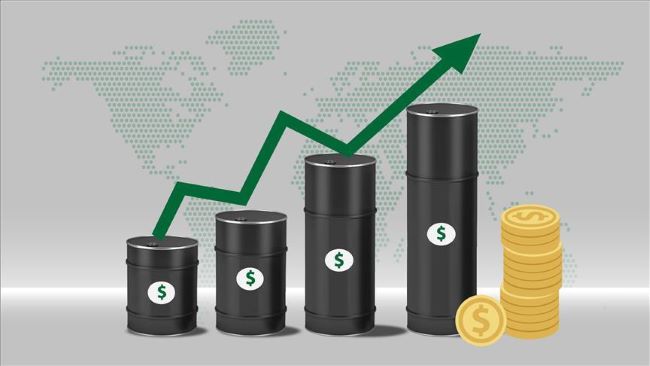With voluntary production restrictions, Saudi Arabia and Russia curtailed their supply, driving up oil prices. From Friday’s closing price of $84.89 per barrel to Monday’s $85.62 per barrel, the ICE Brent price increased by 0.86%.
West Texas Intermediate (WTI), the benchmark for the United States, was up 0.82% from Thursday’s closing price of $80.51 a barrel to $81.17 at the same time.
The oil market suffered losses for a second week in a row last week as investors lost anxiety over supply interruptions brought on by the ongoing war between Israel and Hamas.
Concerns about demand will also drive the market lower once more, especially in light of last week’s disappointing Chinese PMI data.
Speculators also appear to be taking risk off the table, according to commodities strategists at ING, noting that the latest positioning data shows that money managers reduced their net long in NYMEX WTI by 60,795 lots over the last reporting week to 153,474 lots as of last Tuesday.
Analysts said this is the smallest net long speculators have held in WTI since July. ICE Brent also saw a reduction in its net long with speculators selling 16,413 lots to leave them with a net long of 200,283 lots.
This move was predominantly driven by longs liquidating. Over the weekend both the Saudis and Russians once again stated that they will continue with their additional voluntary supply cuts through until the end of this year.
The Saudis have made additional cuts of 1MMbbls/d since July, while Russia has cut exports by 300Mbbls/d. More recently we have seen Russian seaborne crude oil exports increasing, which does call into question whether they are sticking to the additional voluntary cuts.
The confirmation from these producers that they would continue with cuts shouldn’t come as too much of a surprise. However, what the market will be more interested in is if they extend these cuts into early 2024.
“Our oil balance shows that the market will be in surplus in 1Q24, which may be enough to convince the Saudis and Russians to continue with cuts through the seasonally weaker demand period of Q1”, ING commodities strategists said.
The lack of response from US producers to the current price environment will likely give the Saudis confidence to continue holding supply from the market without the risk of losing a large amount of market share to US producers.
The Russian Energy Ministry’s announcement on Friday of a fall in the country’s exports of oil and oil products by more than 300,000 bpd in November compared to the average for the May-June period also supported price rises.
The country had already reduced its oil production by 500,000 barrels per day in April and oil exports by 300,000 barrels per day in September.
Meanwhile, expectations of an end to the US Federal Reserve’s ‘hawkish’ policies put upward pressure on oil prices. Investor expectations surged of the Fed abandoning raising interest rates as the US economy’s employment growth fell short of projections and indicated a softening of the tight labor market.
A further factor driving up prices was the weakening of the US dollar, making dollar-pegged oil cheaper for investors in other currencies, causing a rise in demand and prices.














